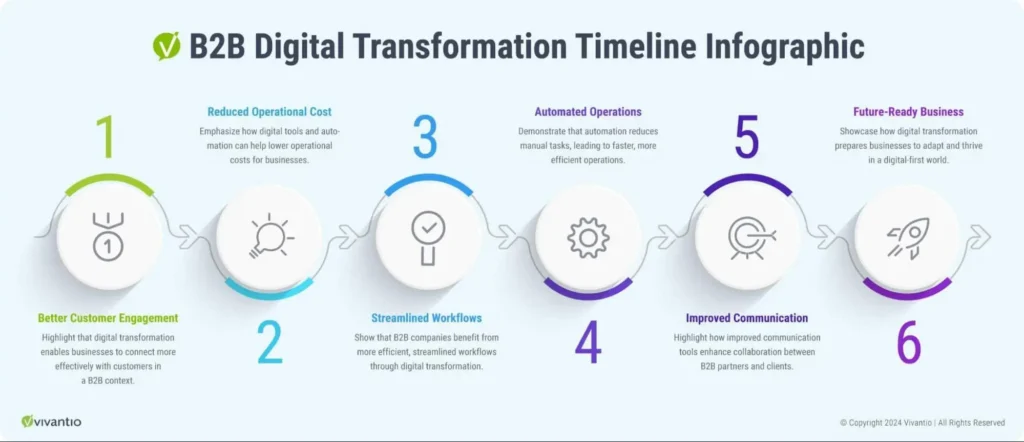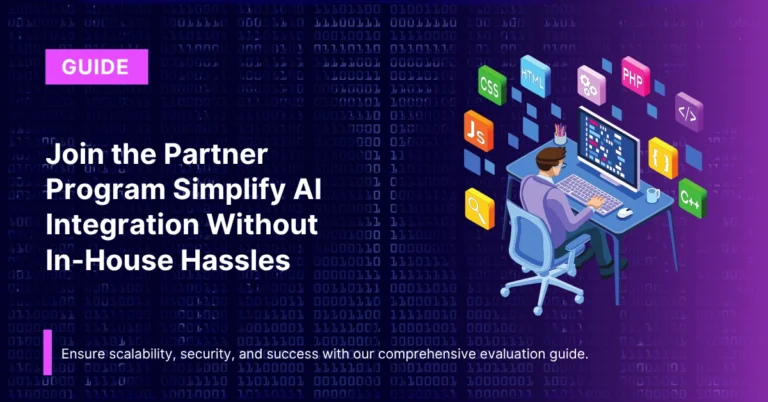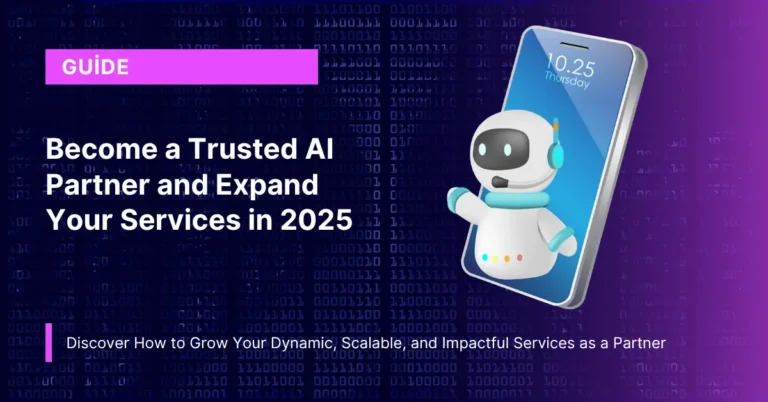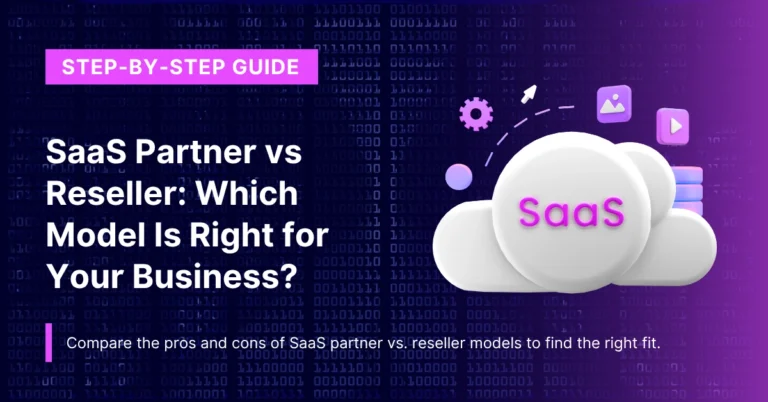Evaluating an AI partnership program requires a structured approach to ensure it meets the evolving needs of enterprise buyers. A strong AI program should deliver not just technology, but strategic value, scalability, and trust.

Make Money With AI
Join our Partner Programs!
Boost your reputation, drive revenue and grow your business with CustomGPT.ai.
Enterprise buyers should ensure the partnership drives efficiency, innovation, and growth while supporting digital transformation with measurable results.
Key areas to review include incentive structures, legal safeguards, co-marketing opportunities, and performance metrics. These elements help determine whether the partnership can scale and sustain long-term success.
This checklist serves as a practical guide to identify critical success factors, mitigate risk, and unlock mutual value in AI partner collaborations.
Role in Digital Transformation
AI partnership programs play a pivotal role in accelerating digital transformation across industries. They provide enterprises with access to cutting-edge technologies and strategic collaboration needed to modernize operations.
Through these programs, organizations can streamline workflows, enhance customer experiences, and unlock new revenue streams. AI solutions become more impactful when integrated with domain expertise and scalable support.
Digital transformation is not just about adopting new tools, it requires alignment of people, processes, and platforms. A robust partnership ensures that AI initiatives are sustainable, secure, and strategically aligned.
By leveraging AI partners, enterprises can reduce implementation risks, gain faster time-to-value, and stay competitive in an innovation-driven landscape. These partnerships become catalysts for long-term change and growth.
The Role of AI Partnership Programs in Digital Transformation
AI partnership programs are essential enablers of digital transformation, helping enterprises modernize, innovate, and scale efficiently. These programs combine advanced technology with strategic support to drive meaningful business change.
Key Benefits of AI Partnership Programs in Digital Transformation:
- Accelerated Innovation: Access to cutting-edge AI tools and expertise speeds up the development and deployment of transformative solutions.
- Operational Efficiency: Automating processes and optimizing workflows lead to cost savings and improved productivity.
- Scalable Solutions: Partners offer flexible architectures and resources that grow with enterprise needs.
- Faster Time-to-Value: Pre-built integrations, enablement resources, and proven frameworks reduce deployment time.
- Risk Mitigation: Legal, security, and compliance support reduce exposure to data and regulatory risks.
- Strategic Alignment: Programs help ensure AI efforts support long-term digital goals and business objectives.
- Knowledge Sharing: Partners provide training, best practices, and insights that strengthen internal capabilities.
Structuring Scalable Incentive Tiers
Scalable incentive tiers are not merely about rewarding performance; they are strategic levers that align partner solution behavior with long-term business objectives.
A well-designed tiered structure motivates partners to exceed baseline expectations by offering progressively higher rewards for sustained or exceptional contributions. This approach fosters a competitive yet collaborative ecosystem, driving both individual and collective growth.
For example, Adobe’s partner program demonstrated a notable increase in partner retention after implementing tiered incentives that rewarded consistent performance over three years.
By integrating AI-driven analytics, they identified key performance indicators (KPIs) that mattered most to their partners, such as lead conversion rates and customer satisfaction scores. These metrics were then tied to tier progression, ensuring that rewards were both meaningful and aligned with strategic goals.
A common misconception is that tiered incentives only benefit top-performing partners. In reality, scalable models can be structured to encourage mid-tier partners to climb the ladder.
AI tools, such as predictive analytics, can identify partners with untapped potential, enabling businesses to offer tailored incentives that unlock growth opportunities. This ensures that the incentive framework is inclusive, driving engagement across the entire partner ecosystem.
Think of scalable tiers as a dynamic feedback loop: they not only reward past performance but also signal future expectations. This creates a self-reinforcing system where partners are incentivized to innovate and adapt, ultimately strengthening the partnership’s value proposition.
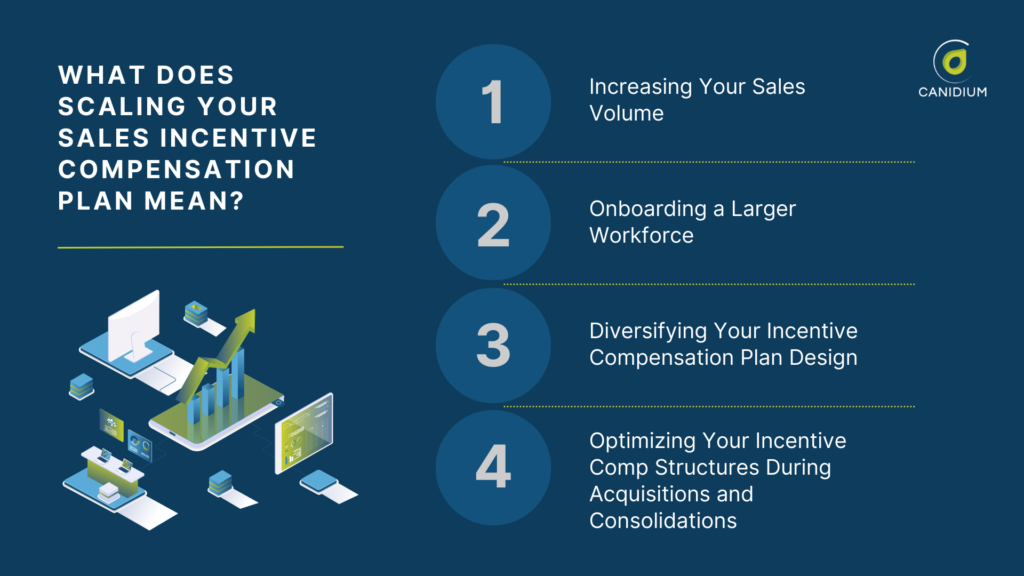
Motivating Partners Through Incentives
Incentives work best when they’re more than just rewards; they should act as a roadmap for growth. A tiered structure that adapts to a partner’s unique trajectory can transform engagement. For instance, mid-tier partners often plateau because they don’t see a clear path to higher rewards.
By introducing incremental milestones tied to achievable metrics, you create momentum that keeps them striving.
The key is personalization. Predictive analytics can identify where a partner excels, whether it’s lead generation, customer retention, or market expansion. Tailoring incentives to these strengths ensures that rewards feel relevant and attainable.
For example, Amazon’s use of performance-based bonuses tied to specific sales targets boosted partner engagement significantly, demonstrating how strategic alignment drives results.
However, complexity can undermine effectiveness. Overly intricate programs risk alienating partners. Simplifying qualification criteria while maintaining transparency ensures clarity.
One overlooked factor is the emotional connection. Gamification elements like leaderboards or badges tap into partners’ competitive instincts, fostering a sense of achievement.
This approach not only motivates but also builds loyalty, as partners feel recognized and valued. Ultimately, incentives should guide partners toward shared goals, turning transactional relationships into collaborative growth engines.
Legal and Compliance Considerations
Legal and compliance considerations are critical to establishing a trustworthy and secure AI partnership program. Clear contractual terms help protect data, intellectual property, and business interests from misuse or misinterpretation.
Partnership agreements should specify data ownership, licensing rights, confidentiality obligations, and liability in case of breaches. These guardrails ensure both parties understand their responsibilities and limitations.
Compliance with regulations such as GDPR, CCPA, and HIPAA is non-negotiable. Enterprises must confirm that partners follow proper data handling practices, conduct regular audits, and maintain secure systems.
Ongoing oversight is essential. Programs should include clauses for breach notification, third-party risk management, and updates aligned with evolving legal standards to maintain accountability and minimize risk exposure.
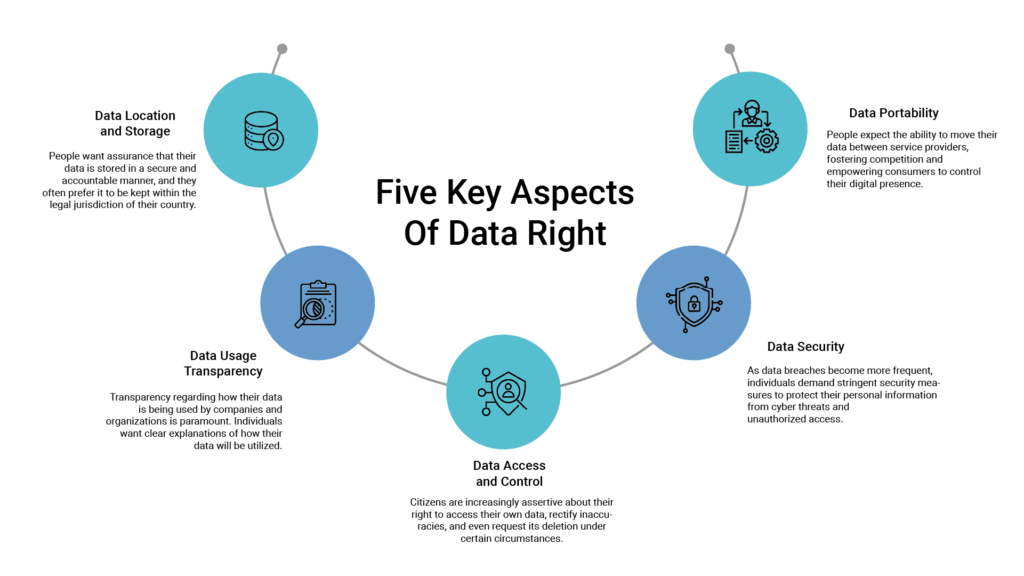
Image source: datadynamicsinc.com
Data Ownership and Protection
Data ownership and protection are central to building trust in AI partnerships. Clear definitions of who owns, controls, and can access the data must be established from the outset.
Partnership agreements should distinguish between first party, third party, and jointly developed data. This ensures transparency and prevents conflicts over usage rights or future commercialization.
Robust protection mechanisms, such as encryption, access controls, and anonymization, are essential for safeguarding sensitive data. These measures help mitigate risks of breaches, leaks, or unauthorized sharing.
It is also important to align data practices with compliance frameworks like GDPR and CCPA. Regular audits and clear retention or deletion policies reinforce responsible data stewardship throughout the partnership.
Defining Intellectual Property Rights
Defining intellectual property rights is essential to avoid disputes and ensure fairness in AI partnerships. Both parties must clearly outline ownership of existing and co-created assets from the beginning.
Contracts should specify who retains rights to algorithms, models, datasets, and any jointly developed technologies. This clarity helps prevent ambiguity and protects each party’s contributions.
Licensing terms must be transparent, detailing how intellectual property can be used, modified, or commercialized. Restrictions on redistribution or reverse engineering should also be included where necessary.
Protecting intellectual property goes beyond legal clauses. It requires active monitoring, secure collaboration environments, and alignment on innovation goals to support long-term value creation.
Enhancing Co-Marketing Support
Enhancing co-marketing support strengthens the visibility and impact of AI partnerships. Joint marketing AI efforts showcase shared success and help attract new customers through unified messaging.
Effective programs provide access to co-branded assets, campaign templates, and promotional resources. These tools enable partners to launch initiatives more efficiently and maintain brand consistency.
Market development funds, event sponsorships, and collaborative webinars are valuable incentives. They offer practical ways to reach target audiences while reinforcing the partnership’s credibility.
Regular performance reviews and shared lead-tracking systems ensure that co-marketing efforts deliver measurable results. Clear alignment on goals and execution timelines drives ongoing engagement and growth.
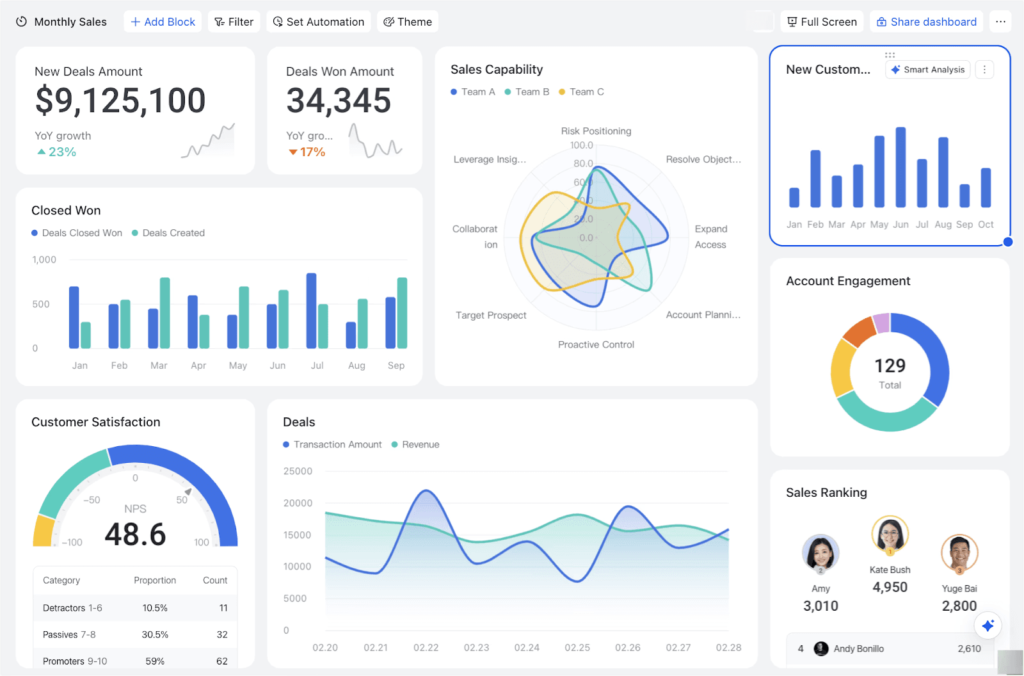
Utilizing Market Development Funds
Utilizing Market Development Funds (MDF) is a powerful way to amplify partner-led growth and brand presence. These funds support targeted marketing activities that align with strategic business objectives.
Partners can use MDF for campaigns, events, content creation, or demand generation programs. Clear guidelines on eligible activities and reimbursement processes help ensure smooth execution.
To maximize effectiveness, MDF programs should include performance tracking and ROI evaluation. This encourages partners to invest in high-impact initiatives that deliver measurable outcomes.
Open communication and proactive support from the provider make MDF more accessible. Training and planning sessions can help partners develop campaigns that drive engagement and conversions.
Creating Co-Branded Assets
Creating co-branded assets enhances the credibility and cohesion of joint marketing efforts in AI partnerships. These materials reflect the strengths of both parties and present a unified value proposition to the market.
Assets can include brochures, case studies, landing pages, videos, and sales decks. When designed collaboratively, they help communicate shared solutions clearly and professionally.
Consistency in branding, messaging, and tone is key to building trust with target audiences. Guidelines should be provided to ensure visual and verbal alignment across all assets.
Timely updates and customizable templates make it easier for partners to tailor content to specific segments or regions. This flexibility increases relevance and boosts campaign effectiveness.
Measuring Partner Performance
Measuring partner performance is essential to understanding the impact of an AI partnership and guiding future collaboration. Clear metrics ensure accountability and highlight areas for growth or support.
Key performance indicators may include deal registrations, sales conversions, pipeline value, and customer retention. These metrics provide a well-rounded view of partner contributions.
Regular performance reviews help identify high-performing partners and those needing additional resources or training. Scorecards and dashboards make tracking transparent and actionable.
By aligning performance metrics with strategic goals, businesses can foster continuous improvement. This approach strengthens the partnership and encourages mutual investment in long-term success..
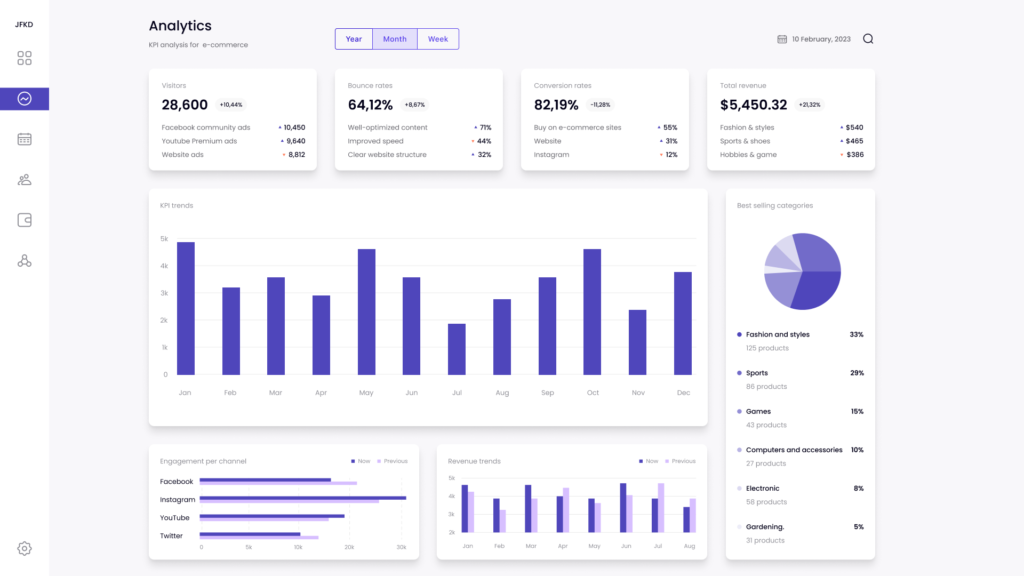
Key Performance Indicators for Success
A successful AI partnership requires clear goals, mutual value, and strong support. Strategic alignment, incentives, and measurable outcomes drive lasting impact.
Key Elements of an Effective AI Partnership Program:
- Aligns with core business objectives like growth, efficiency, and innovation
- Offers scalable incentive tiers tied to volume and long-term engagement
- Includes clear legal agreements protecting data and intellectual property
- Provides co-marketing resources such as MDF, co-branded assets, and events
- Measures partner performance using KPIs, dashboards, and scorecards
Using Dashboards and Scorecards
Using dashboards and scorecards helps visualize partner performance and track progress in real time. These tools provide an at-a-glance view of key metrics that matter most to both parties.
Dashboards allow stakeholders to monitor trends, set benchmarks, and identify opportunities or risks quickly. They support data-driven decisions and encourage timely adjustments.
Scorecards offer structured evaluations based on predefined criteria such as sales impact, engagement levels, or support responsiveness. This consistency helps ensure fair and objective assessments.
Together, dashboards and scorecards promote transparency, accountability, and alignment. They turn performance tracking into a strategic asset that drives continuous improvement across the partnership.
FAQ
Which business goals should a program satisfy?
An AI partnership program should support strategic business goals such as revenue growth, operational efficiency, innovation, customer satisfaction, and faster time-to-market. It should also align with broader digital transformation initiatives.
How do incentive tiers accommodate high deal volume?
Incentive tiers reward partners based on performance, offering progressively greater benefits for higher deal volume or long-term engagement. This encourages scalability by motivating partners to grow through structured milestones and performance-based rewards.
What legal agreements protect data and IP?
Legal agreements should define data ownership, usage rights, confidentiality, and IP licensing terms. They must include compliance obligations (e.g., GDPR, CCPA), breach notification protocols, and clauses that clearly separate pre-existing and co-developed assets.
What co‑marketing resources are available?
Co-marketing resources may include co-branded content, campaign templates, market development funds (MDF), joint webinars, social media kits, event sponsorship, and lead generation tools. These assets help partners amplify outreach and align messaging.
How is partner performance measured?
Partner performance is measured using KPIs such as sales conversions, pipeline value, customer retention, and campaign effectiveness. Dashboards and scorecards provide ongoing visibility, allowing for regular reviews, coaching, and strategic adjustments.
Conclusion
A well-designed AI partnership program is a strategic growth engine. By aligning goals, offering incentives, protecting data, and tracking performance, it drives lasting value.
When thoughtfully executed, these programs turn collaboration into competitive advantage, driving innovation, trust, and long-term success for all parties involved.
See how organizations are building with CustomGPT.ai by exploring real-world collaborations.
Partnership program: Evaluate AI solutions with confidence
Innovative, Data Driven and Secure Path to AI Partnership Success
Trusted by thousands of organizations worldwide



